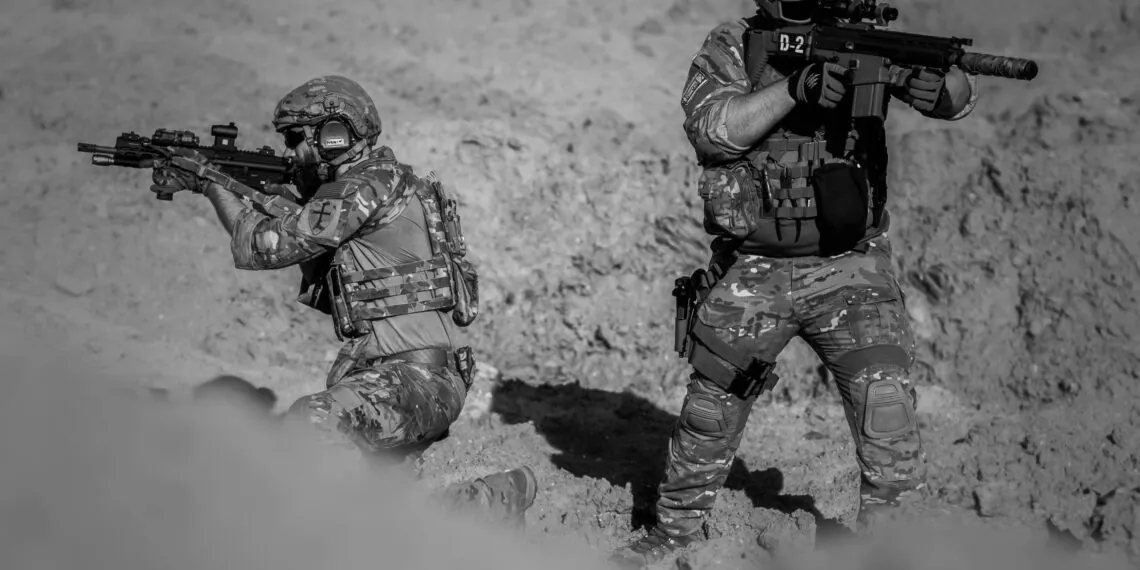The clang of distant gunfire reverberates through concrete corridors. Your pulse races as you press your back against chipped plaster, eyes scanning every corner for movement. In Cost Of War’s hardest missions, the line between triumph and oblivion is razor-thin—and every decision, every hesitation, can be fatal. Behind the scenes, we designed our AI to think, adapt, and punish predictable play. But for those willing to learn its patterns, outsmarting the enemy becomes a deeply satisfying test of wits, reflexes, and moral nerve.
Crafting Unpredictable Opponents
From day one of development, our goal was clear: the AI should never feel like a set of scripts on repeat. Lead AI programmer Mara Chen explains, “We layered decision trees with probability matrices so that the same situation can yield different reactions. One squad might flank you here, another might hold position and call for backup. We want players to stay uneasy—never certain where the next shot will come from.”
To achieve that, we built a three-tiered awareness system. At the lowest tier, soldiers patrol assigned routes and respond to noise cues. At mid-tier, they coordinate—calling out positions and suppressing your advances. At the highest tier, squad leaders adjust overall tactics, switching from defense to offense if overwhelmed. The result: dynamic engagements that feel organic, forcing players to read the battlefield rather than memorize patterns.
Reading the Battlefield
In high-difficulty missions, stealth becomes your greatest ally. But it’s not just about crouch-walking; it’s about listening. Sound propagation in our engine carries every footstep, every shell scrape. Enemy AI responds to audio footprints: the louder you move, the sooner they converge.
Senior level designer Jamal Brooks encourages players to “use directional audio to your advantage. Toss a rock to distract a sentry, then slip around the corner. Watch how the squad reacts, then exploit their response time.” This cat-and-mouse dance is fundamental: the AI will investigate disturbances in a radius that shrinks or grows based on ambient noise. Mastering these invisible bubbles of attention is key to survival.
Visual concealment is equally vital. We implemented a light-exposure system where shadows offer deeper camouflage. A soldier hiding in full darkness has a detection threshold nearly ten times lower than one caught in a spotlight. Use it. Plant decoys or jam comms to push patrols into blind spots, then strike when they’re vulnerable.
Tools of the Trade
High-difficulty missions reward creativity in your loadout. A silenced sidearm for close-quarters elimination. Smoke grenades to mask retreats or reposition your squad. And don’t underestimate gadgets like the deployable drone—our designers built it not merely as a recon toy, but as a tactical distraction. Send it whirring down a hallway and watch enemy squads divert half their firepower trying to neutralize it.
- EMP Mines: Temporarily blind robotic turrets and stun armored foes.
- Modular Armor Plates: Swap on-the-fly between mobility and protection.
- Customized Suppressors: Tailor sound dampening at the cost of range.
Each tool carries trade-offs. There’s no silver bullet. You might silence a sniper but be unable to punch through light cover. This tension forces constant adaptation. Do you push aggressively now or hold your ground, knowing reinforcements will arrive in twenty seconds?
Adapting to Squad Behavior
Even your own team’s AI requires mastery. Squadmates will follow suppressive fire commands, but they also have a morale meter. If they’re pinned down too long, they’ll break and seek cover—sometimes leaving you exposed. Encourage them with flares or by taking out key targets yourself. Our narrative writers threaded emotional cues into these mechanics: a soldier saved from panic delivers a line—full of relief and raw fear—that reminds you how high the stakes are.
Care for your squad’s mental state. Too many losses in quick succession, and survivors will hesitate, ruin ambushes, or even refuse orders until you stabilize the line. It’s brutal, but authentic—and it keeps players invested in the humanity behind the weapon.
Embracing Consequences
In Cost Of War, every bullet echoes in the story. Miss a critical shot on an enemy before they trigger an alarm, and you might lose an ally in the frantic firefight that follows. Our narrative team wove branching outcomes based on these moments—moments you can control by how effectively you outsmart AI.
We intentionally withheld a classic “checkpoint on death” system in high-difficulty modes. Instead, you earn “Field Forgiveness” by completing stealth objectives cleanly. Each silent takedown, each misdirection, fills a meter that allows one last chance if you fail. It’s a narrative device disguised as a gameplay mechanic: earn your redemption through tactical thinking.
Final Thoughts from the Frontlines
Outsmarting enemy AI in high-difficulty missions is not about perfect aim alone; it’s about mastering a system designed to adapt, punish, and test your resolve. It’s about listening for the faintest whisper in the darkness, guiding your squad through panic, and using every tool at your disposal to turn chaos into opportunity.
As developers, we built these mechanics to reflect the ultimate cost of war—not just in bullets expended, but in morale, in split-second choices, and in the fragile line between success and sacrifice. Approach each mission as a puzzle shrouded in smoke and gunpowder, and you’ll find the deepest satisfaction lies not in the body count, but in the ingenuity that gets you—and your squad—home.
See you on the other side of the frontlines.







